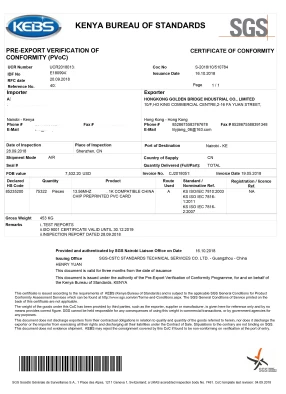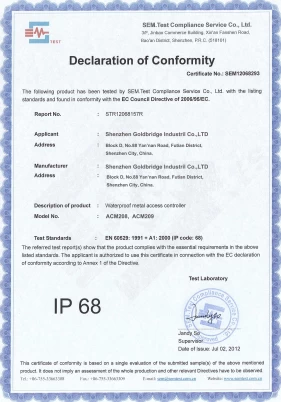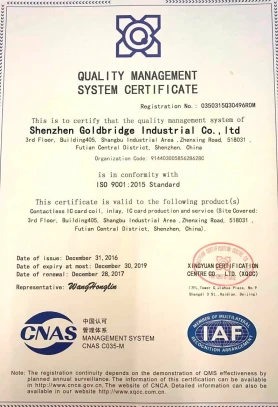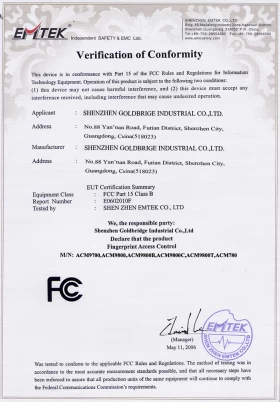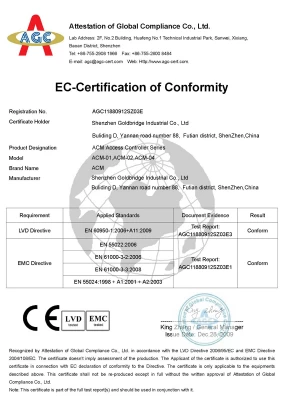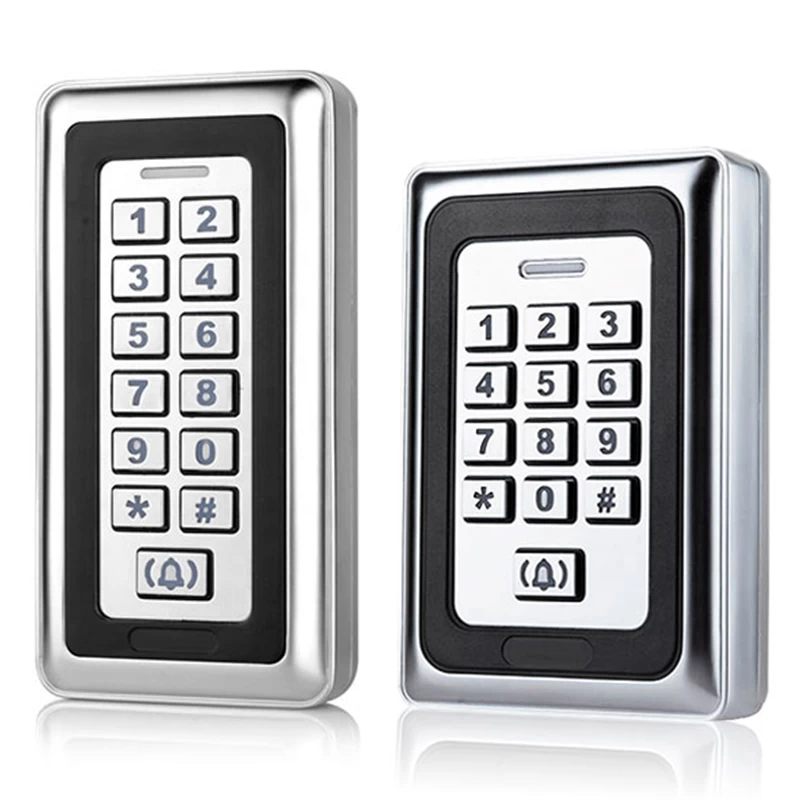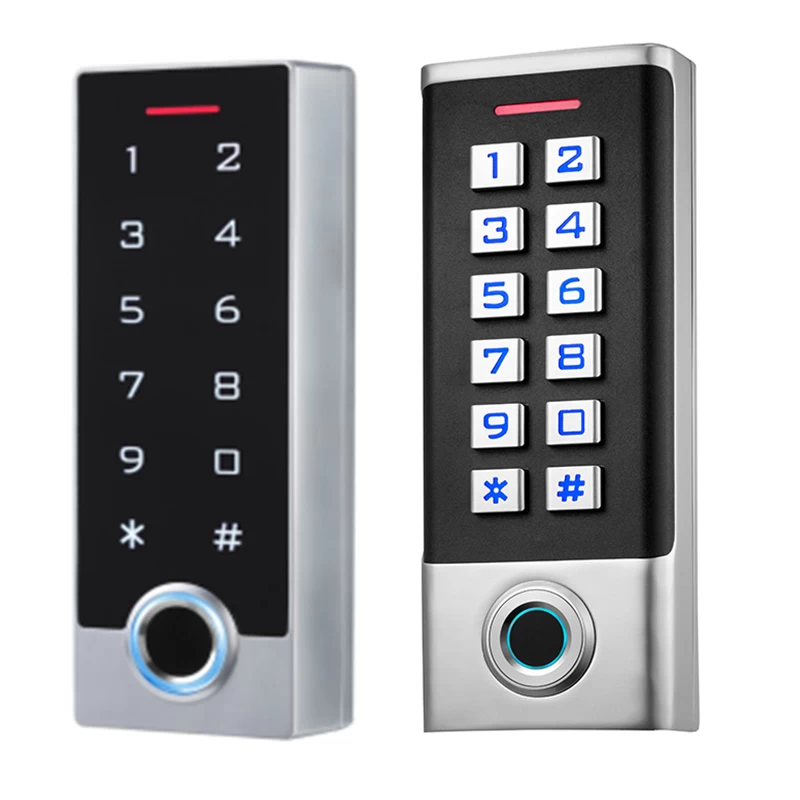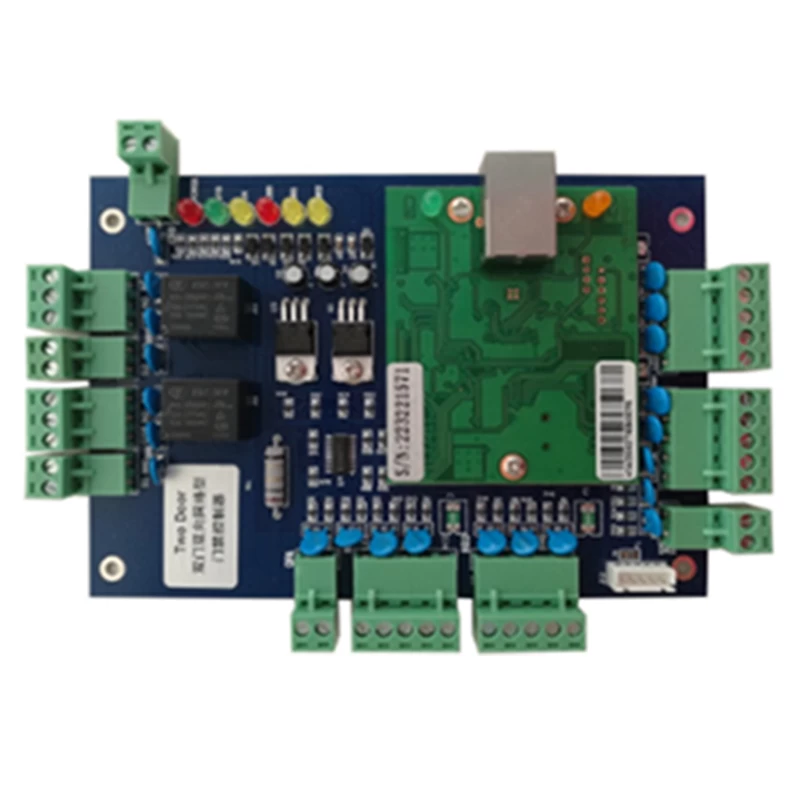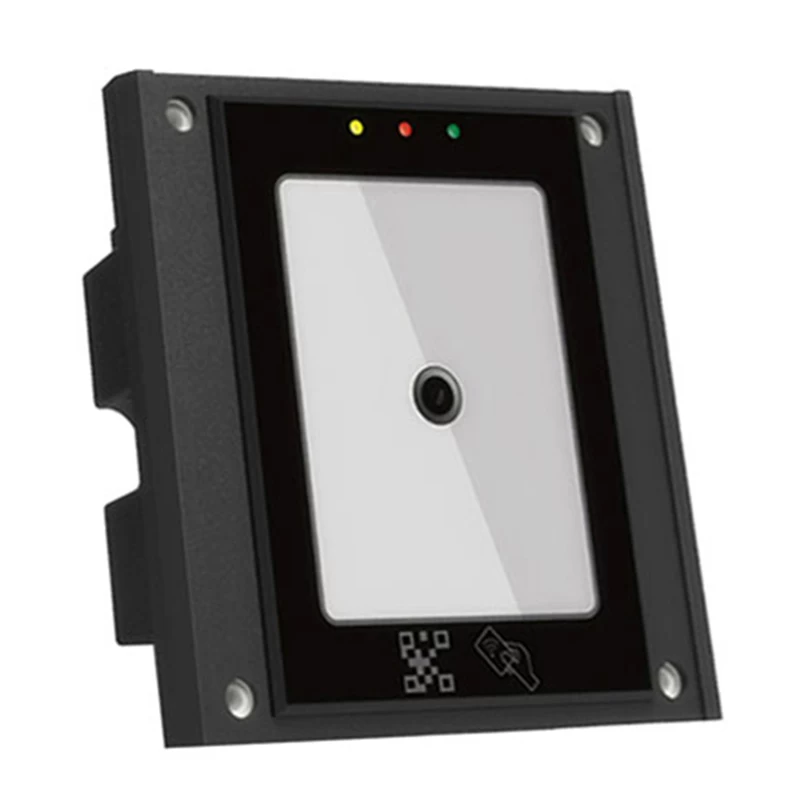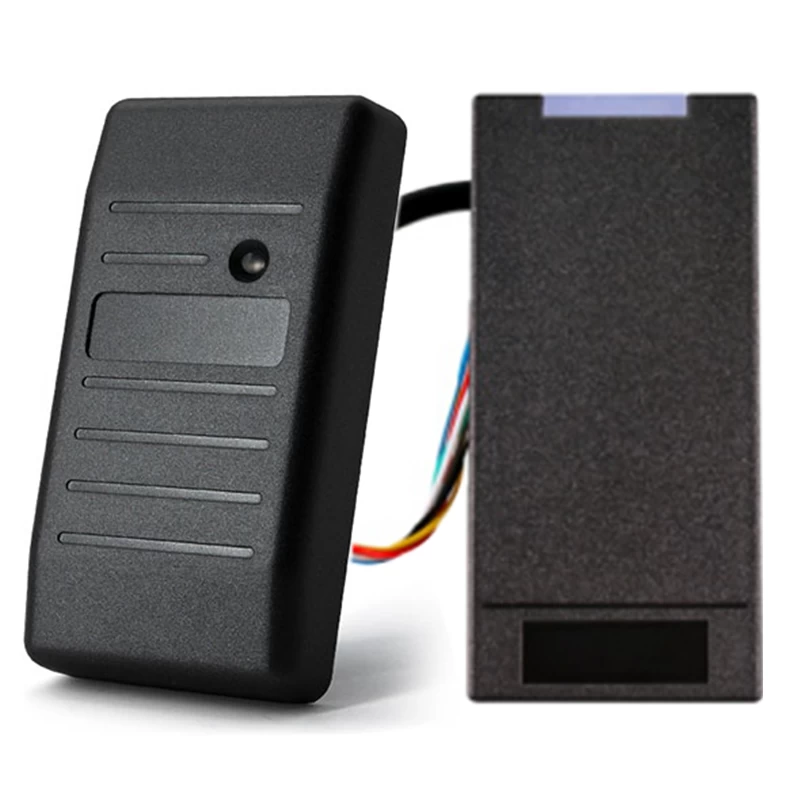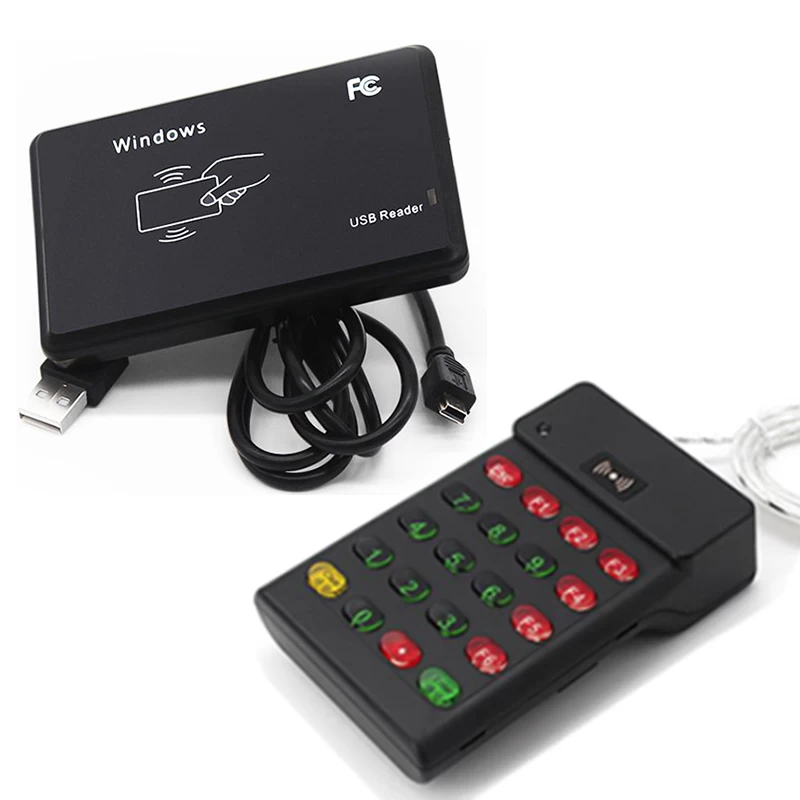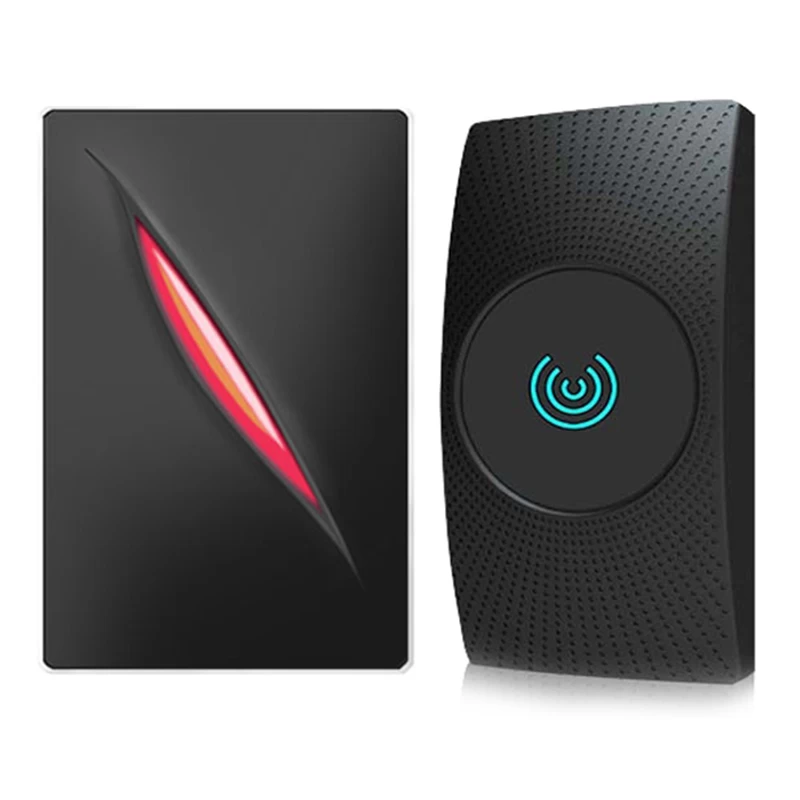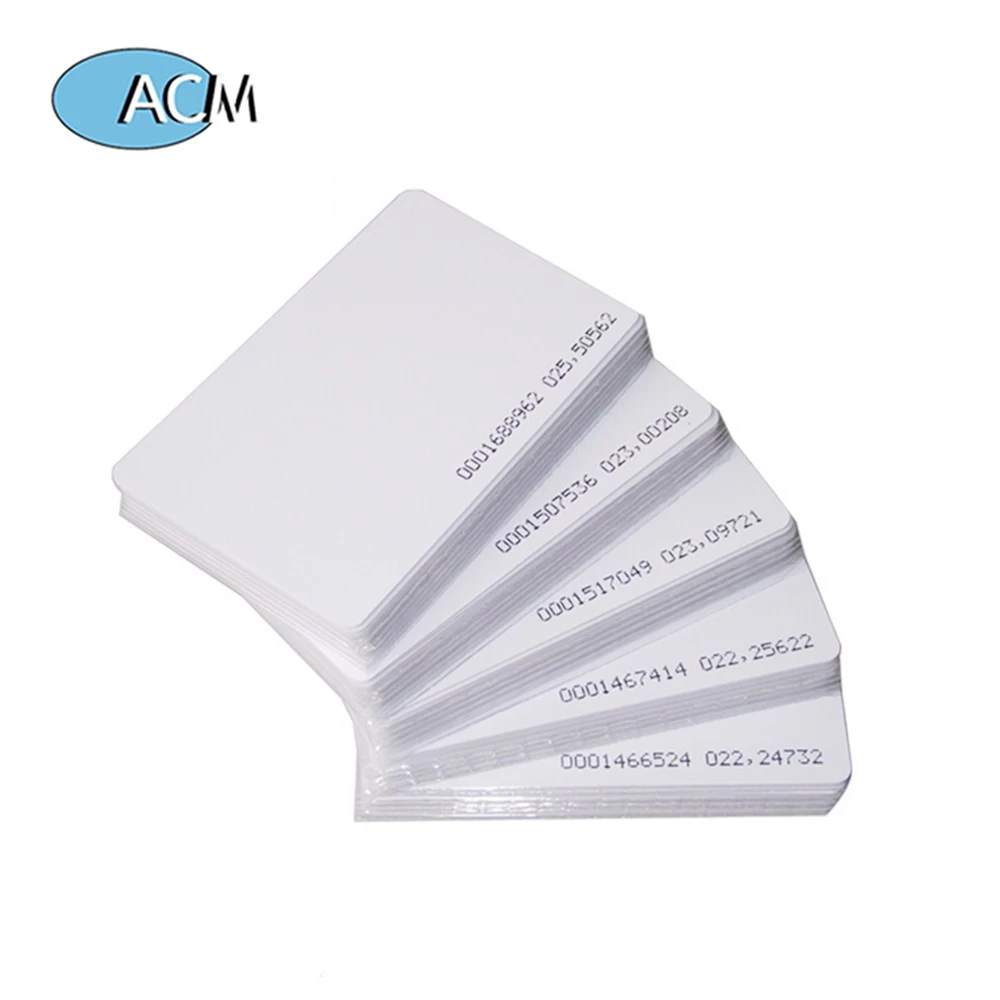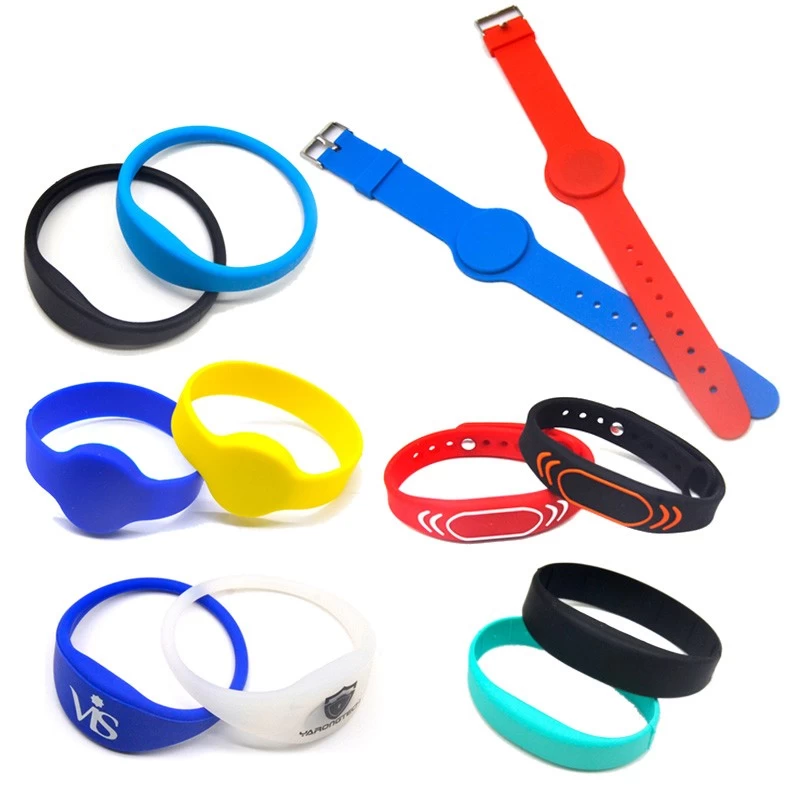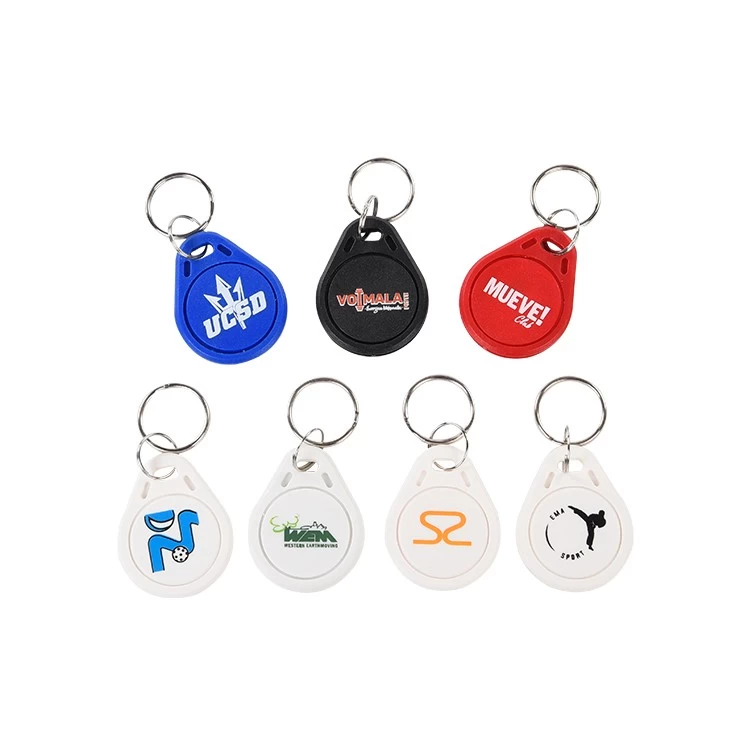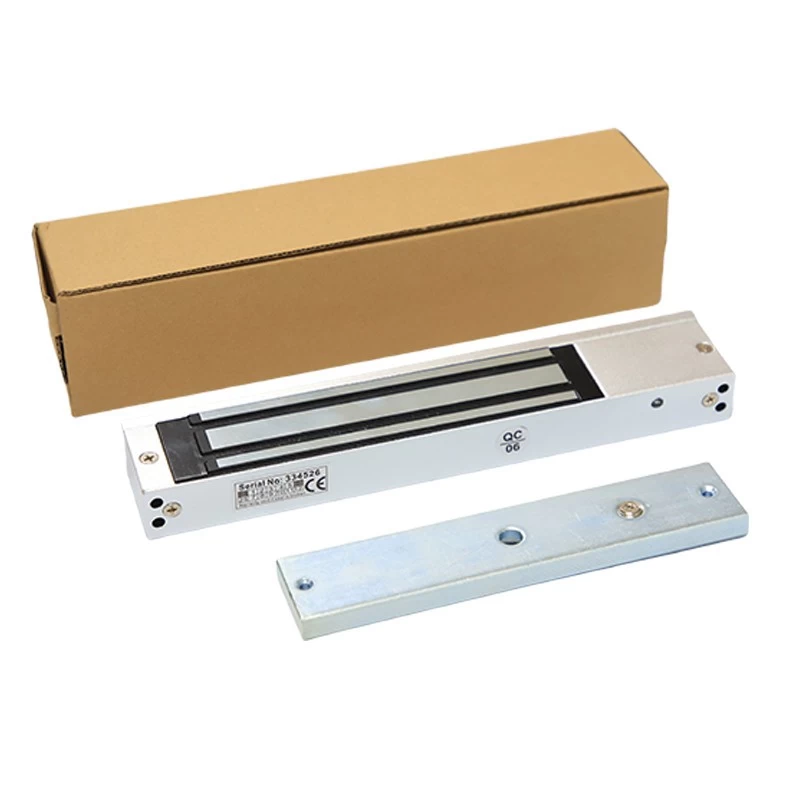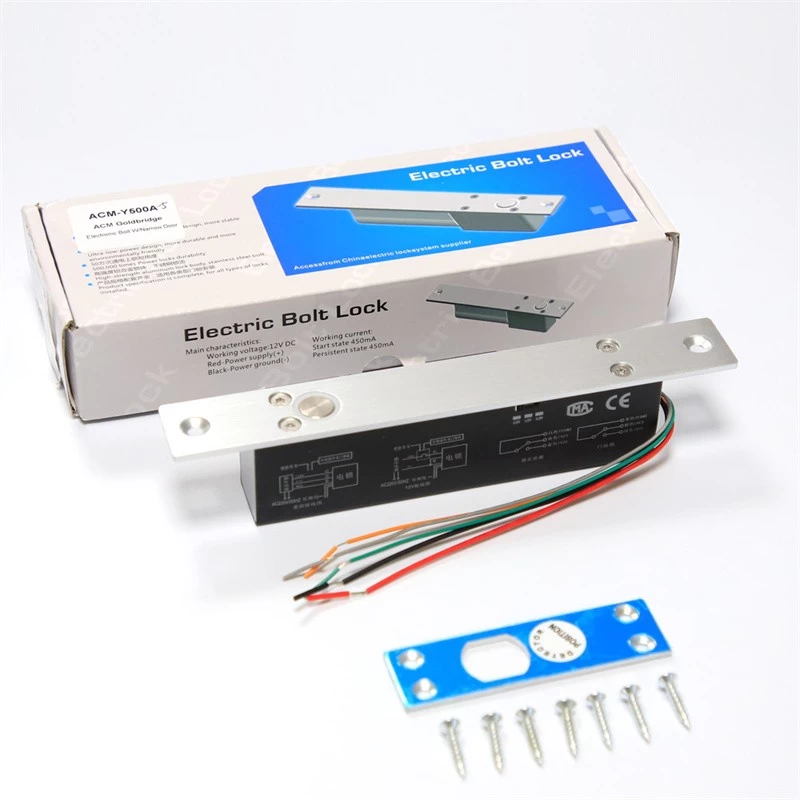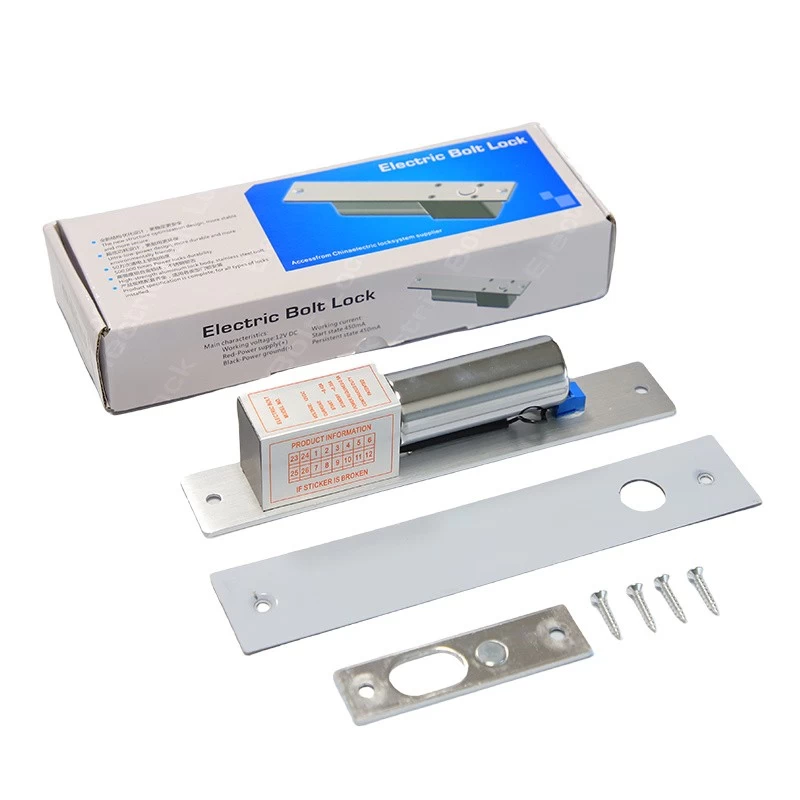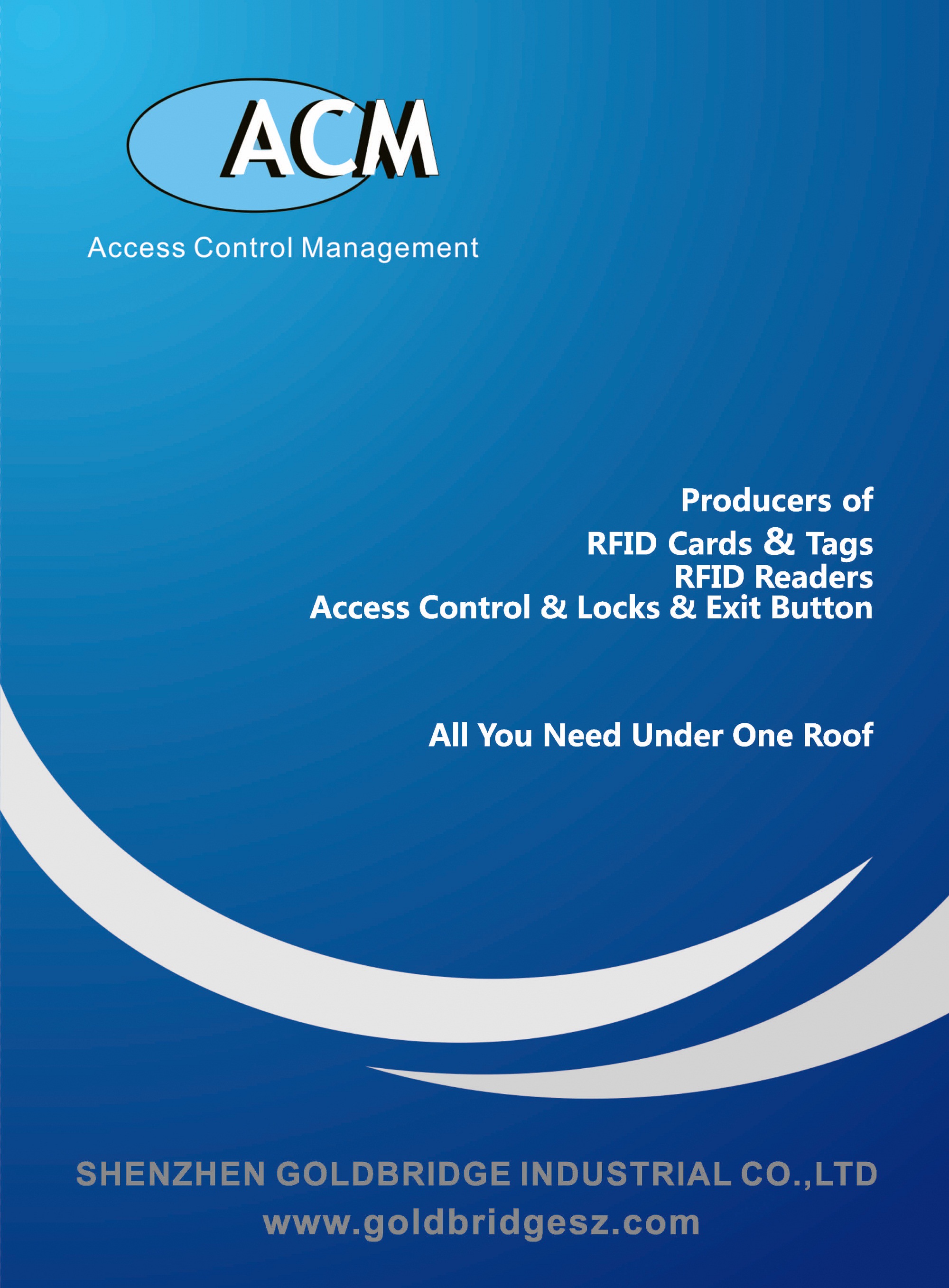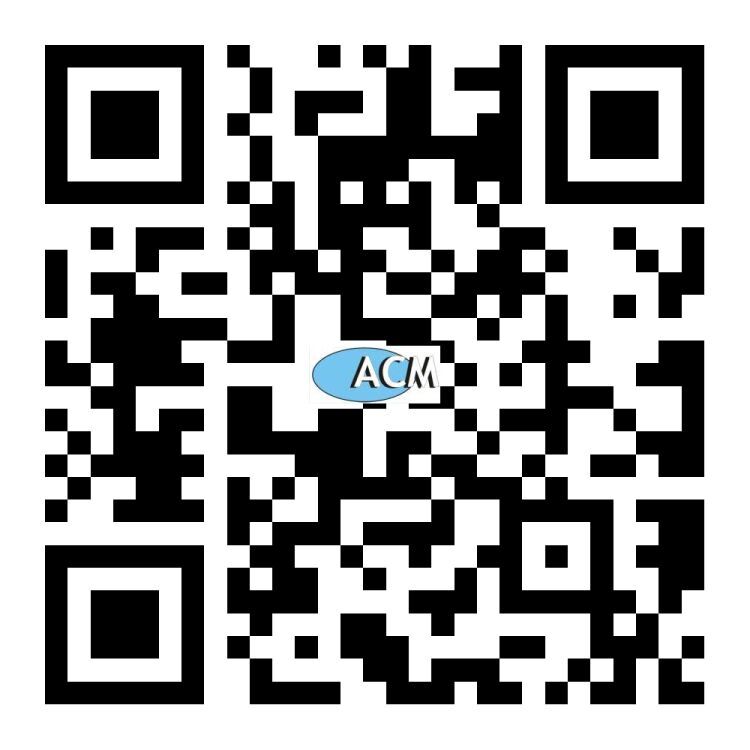Understanding RFID Smart Card Readers: How They Work and Their Applications
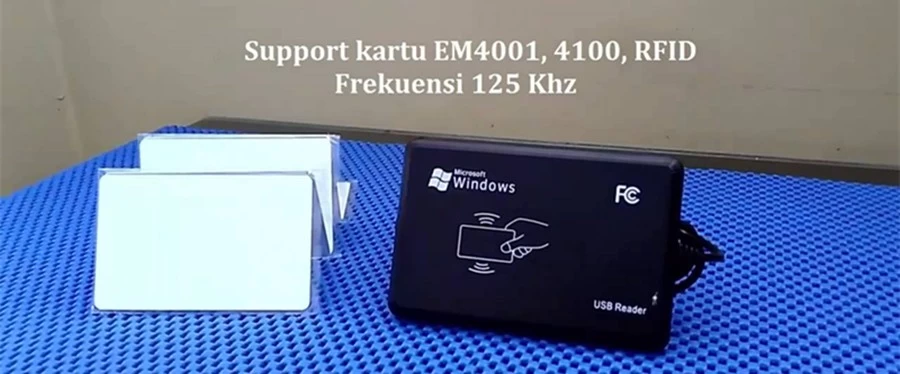
Introduction:
RFID (Radio-Frequency Identification) smart card readers are essential devices in modern security, payment, and access control systems. These readers use wireless technology to communicate with RFID-enabled cards, enabling seamless authentication and data transfer. But how exactly do they work, and where are they used?
How RFID Smart Card Readers Function
An RFID smart card reader emits radio waves to detect and read information stored on an RFID card or tag. When the card comes within range, the reader powers its embedded chip via electromagnetic induction and retrieves the stored data. This contactless process ensures fast and secure transactions, making it ideal for various industries.
Key Applications
-
Access Control: Used in offices, hotels, and restricted areas to grant entry only to authorized personnel.
-
Payment Systems: Enables quick transactions in public transport (e.g., metro cards) and retail.
-
Identification & Security: Governments and corporations use RFID cards for employee IDs and secure authentication.
-
Healthcare: Patient tracking and medical record management in hospitals.
Advantages Over Traditional Systems
-
Speed: Faster than magnetic stripe or barcode scanning.
-
Durability: No physical wear since no swiping is required.
-
Security: Encrypted data transmission reduces fraud risks.
Future Trends
With advancements in NFC (Near Field Communication) and IoT (Internet of Things), RFID readers are becoming smarter, supporting mobile payments and integration with smart devices.
Conclusion:
RFID smart card readers are revolutionizing security and convenience across industries. As technology evolves, their role in our daily lives will only expand, making them a cornerstone of the digital age.


